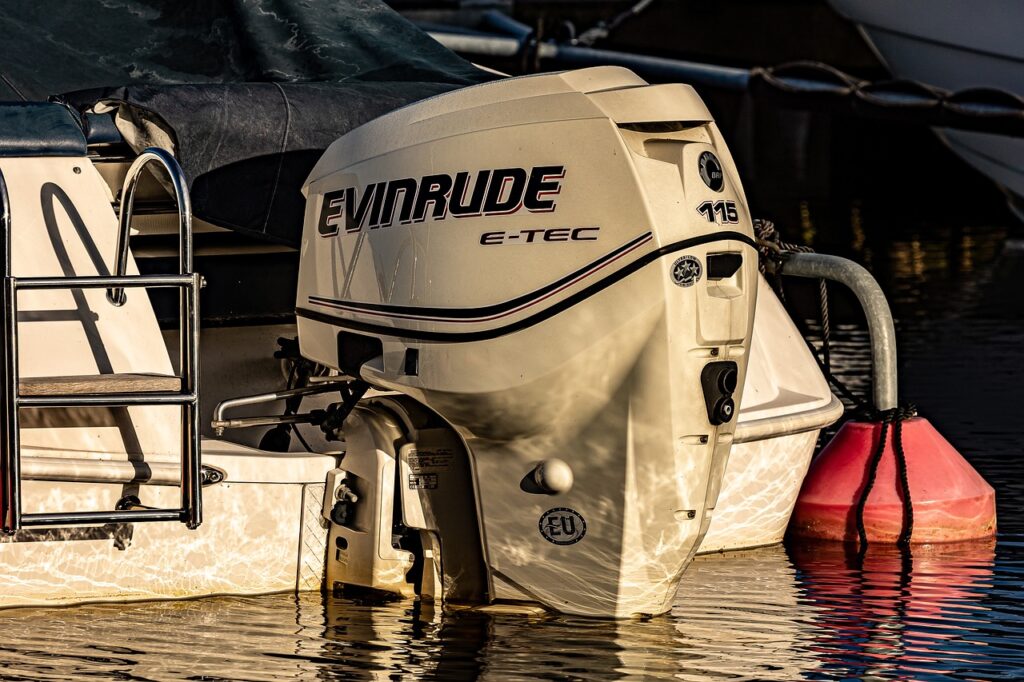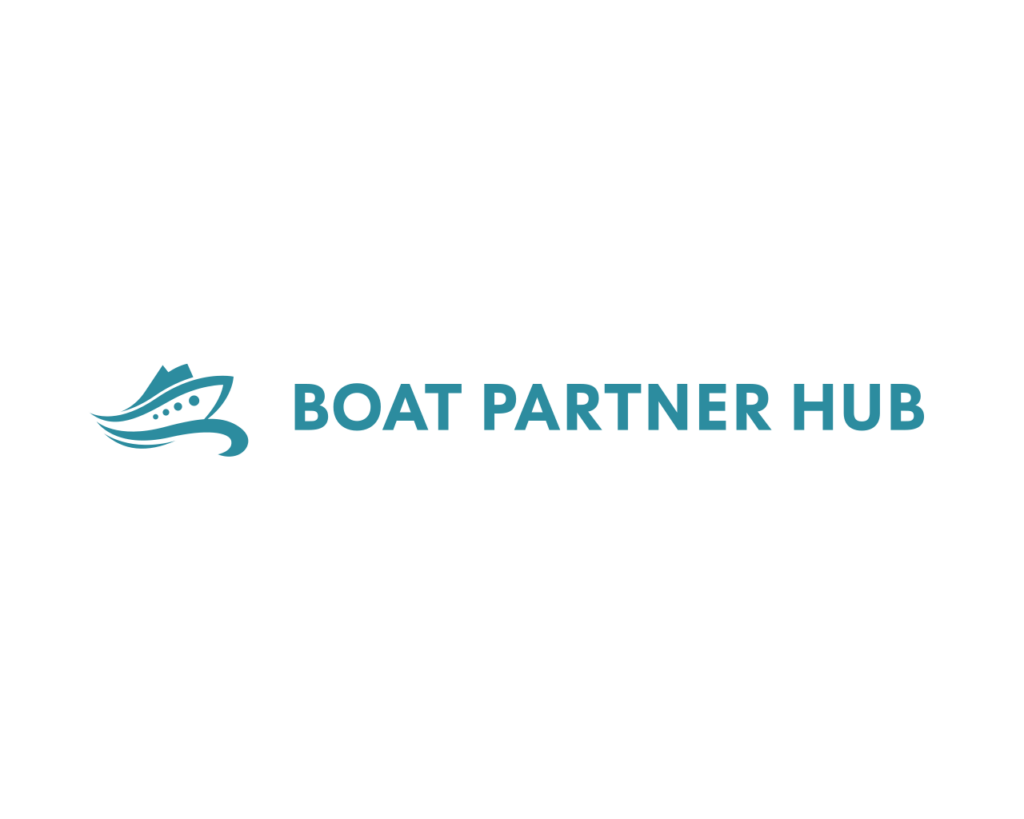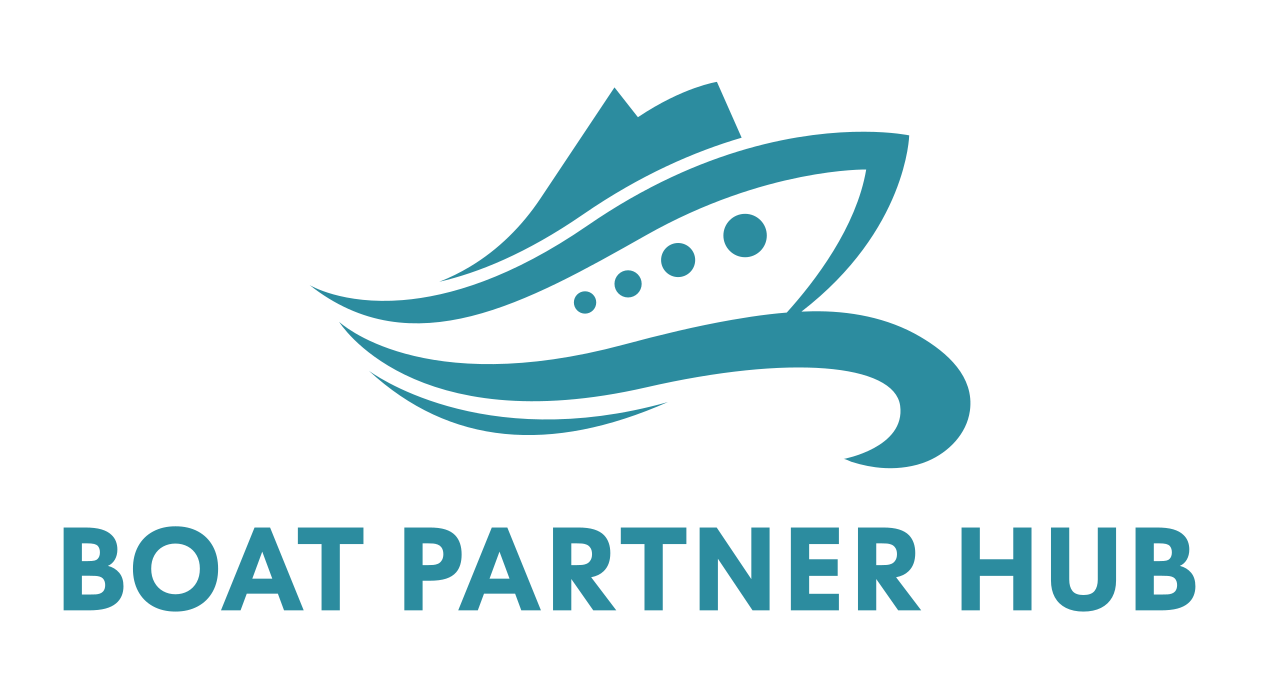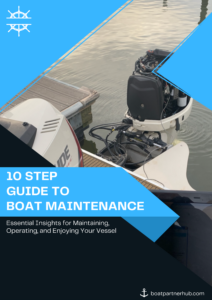Blog
Boat Manufacturer: Outboard Engines vs. Inboard Engines

Navigating the Waters: A Comprehensive Comparison of Boat Manufacturer Outboard Engines vs. Inboard Engines
When considering the propulsion system for your boat, one of the most crucial decisions you’ll face is choosing between an outboard engine and an inboard engine. Each type of engine comes with its own set of advantages and is best suited for different boating applications. In this comprehensive comparison, we will delve deeper into the features, benefits, and considerations of outboard engines and inboard engines, helping you make an informed choice that aligns with your specific boating needs and preferences.
1. Location and Configuration
Outboard Engines: Outboard engines are self-contained units mounted on the transom or stern of the boat. They consist of an engine, gearbox, and propeller, all housed within a single assembly. This configuration allows for straightforward installation and maintenance.
Inboard Engines: Inboard engines, on the other hand, are placed within the hull of the boat, typically closer to the center or amidships. They connect to the propeller via a shaft that extends through the hull. Inboard engines are concealed beneath the deck, providing a cleaner and more spacious layout above.
2. Space and Versatility
Outboard Engines: Outboard engines are known for their space-saving design, making them popular choices for boats with limited interior room. Their external mounting frees up space in the boat’s interior, allowing for a more open and versatile deck layout. This makes outboard engines particularly well-suited for smaller boats, fishing vessels, and recreational watercraft.
Inboard Engines: Inboard engines, by virtue of their internal placement, provide a more generous and clutter-free deck area. The absence of external engine components on the transom enables designers to create luxurious and comfortable living spaces above deck. As a result, inboard engines are favored in larger boats, cruisers, and luxury yachts where a spacious and elegant layout is desired.
3. Performance and Handling
Outboard Engines: Outboard engines are renowned for their excellent maneuverability. The ability to swivel the outboard unit provides enhanced steering control, making docking and navigating through tight spots more manageable. Additionally, outboard engines can be tilted out of the water when not in use, reducing the risk of corrosion and prolonging the engine’s life.
Inboard Engines: Inboard engines offer a smoother ride and better weight distribution due to their central positioning within the hull. This can result in enhanced stability and handling, especially in rougher waters. Furthermore, inboard engines typically have larger propellers, which can generate more efficient forward thrust at higher speeds, making them well-suited for open-water cruising and high-performance boating.
4. Maintenance and Accessibility
Outboard Engines: One of the significant advantages of outboard engines is their accessibility for maintenance and repairs. Since the entire unit is mounted externally on the transom, it can be easily accessed for routine service tasks. If more extensive repairs are necessary, the outboard engine can be removed and serviced separately, minimizing downtime and repair costs.
Inboard Engines: Inboard engines, being located within the boat’s hull, may require more effort and time for maintenance and repairs. Accessing the engine may involve opening hatches or covers, making the process slightly more intricate compared to outboard engines. However, many modern boat designs incorporate easy-to-reach engine compartments to streamline maintenance tasks.
5. Fuel Efficiency and Range
Outboard Engines: Outboard engines are generally more fuel-efficient at lower speeds, making them ideal for leisurely cruising, fishing trips, and other low-speed activities. Their smaller size and lighter weight contribute to their superior fuel economy at these lower RPM ranges.
Inboard Engines: Inboard engines excel in fuel efficiency at higher speeds and offer longer range capabilities. Their larger displacement and efficient designs make them more economical when cruising at planing speeds, making them well-suited for extended trips and longer voyages.
6. Noise and Vibration
Outboard Engines: Due to their external mounting, outboard engines may be slightly noisier compared to inboard engines. Vibrations may also be more noticeable, especially during acceleration.
Inboard Engines: Inboard engines are generally quieter, as they are tucked away within the hull, reducing noise and vibration levels. This can lead to a more serene and comfortable boating experience, especially during extended trips.
7. Initial Cost and Maintenance Expenses
Outboard Engines: Outboard engines typically have a lower initial cost, making them an attractive option for budget-conscious boaters. Additionally, their accessible design often translates to less expensive maintenance and repair costs.
Inboard Engines: Inboard engines generally have a higher upfront cost compared to outboard engines. The installation and integration of inboard engines can be more involved, leading to higher initial expenses. Moreover, maintenance and repair costs for inboard engines may be slightly higher due to their complexity and in-hull location.
FAQs (Frequently Asked Questions)
Q1: Which type of engine is better for fishing boats?
A: For fishing boats, outboard engines are often preferred due to their space-saving design, easy maintenance, and excellent maneuverability. They are suitable for accessing shallow waters and tight fishing spots. Additionally, outboard engines can be tilted out of the water, which is helpful when fishing in weedy or rocky areas.
Q2: Are inboard engines more fuel-efficient for long-distance cruising?
A: Yes, inboard engines are generally more fuel-efficient at higher cruising speeds. Their larger size and optimized propeller design allow for better fuel economy when planing on long-distance voyages. If you plan on extensive open-water cruising, an inboard engine might be a more suitable choice.
Q3: Do outboard engines require more maintenance than inboard engines?
A: Outboard engines are generally easier to access for routine maintenance, which can help in preventing issues and prolonging their lifespan. However, both types of engines require regular maintenance to ensure optimal performance and longevity.
Q4: Which engine type is best for watersports and towing activities?
A: For watersports and towing activities, inboard engines are often preferred due to their ability to generate significant power and torque. Their design allows for better weight distribution, making it easier to achieve planing speeds required for waterskiing, wakeboarding, and towing inflatables.
Q5: Can I upgrade from an outboard engine to an inboard engine or vice versa?
A: In some cases, it is possible to upgrade from an outboard engine to an inboard engine or vice versa, but it can be a complex and costly process. The compatibility of the boat’s hull and transom design plays a significant role in determining whether such a conversion is feasible. It is best to consult with a marine professional or boat manufacturer to explore your options.
Q6: Do outboard engines affect the boat’s balance differently from inboard engines?
A: Yes, outboard engines can affect the boat’s balance differently compared to inboard engines. The external placement of outboard engines can create a slight weight imbalance on the transom, which may influence the boat’s handling characteristics. Inboard engines, being centrally located, offer a more balanced weight distribution, contributing to better stability and handling.
Q7: What type of engine is best for a family-friendly and spacious deck layout?
A: Inboard engines are often preferred for family-friendly boats due to their quieter operation and more spacious deck layout. The absence of outboard engine components on the transom provides a clutter-free and safe area for family activities and leisure.
Q8: Are there any environmental considerations when choosing between engine types?
A: Both outboard and inboard engines have evolved to meet stringent environmental regulations. Modern engines from reputable manufacturers are designed to be more fuel-efficient and emit fewer emissions, minimizing their impact on the environment. However, it’s always beneficial to choose the most fuel-efficient engine suitable for your boating habits to reduce your carbon footprint.
Q9: Can I convert my boat from an inboard engine to an outboard engine for more deck space?
A: Converting a boat from an inboard engine to an outboard engine can be a complex and costly process, and it may not always be feasible. Significant modifications to the hull and transom are usually required, and it’s essential to consult with a marine professional or boat manufacturer to assess the feasibility and potential implications of such a conversion.
Q10: Which type of engine is better for coastal cruising and island hopping?
A: Both outboard and inboard engines can be suitable for coastal cruising and island hopping, depending on the specific boat model and the type of cruising involved. Outboard engines are favored for their shallow water capabilities and maneuverability, making them ideal for exploring coastal areas with varying depths. Inboard engines, on the other hand, offer better fuel efficiency at higher speeds, making them a solid choice for longer coastal journeys.
Conclusion
Selecting the right propulsion system, whether it be an outboard engine or an inboard engine, requires careful consideration of various factors, including boat size, intended use, and personal preferences. Both engine types have their unique strengths and cater to different boating requirements. By understanding the distinctions and advantages of each propulsion system, you can make an informed decision that enhances your boating experience and meets your specific needs on the water.


